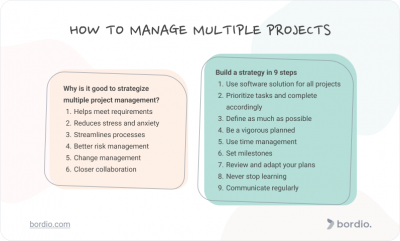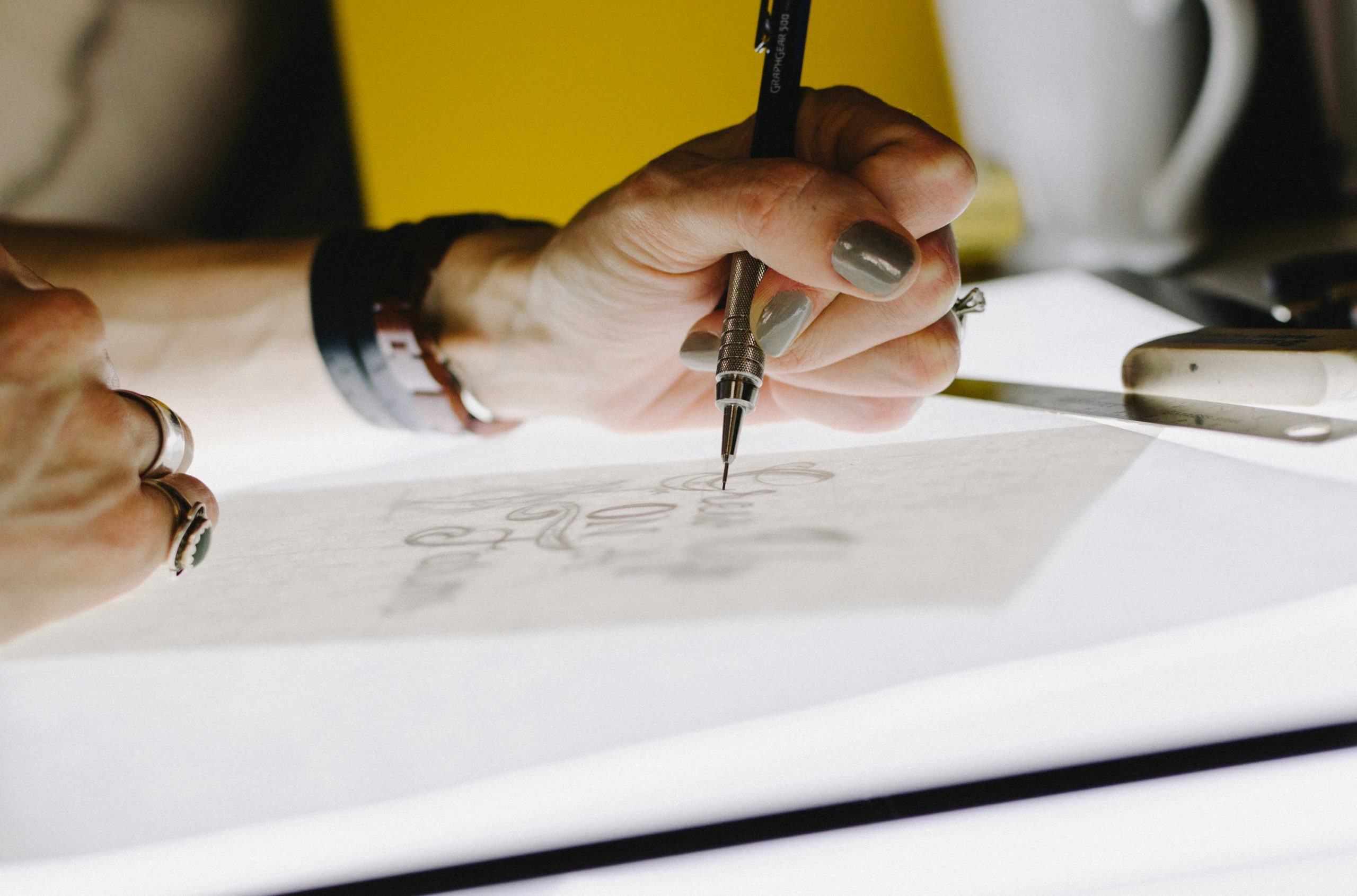How to Manage Multiple Creative Projects Without Burning Out
The life of a creative is a whirlwind of ideas, vibrancy, and caffeine, where every day feels like a blank canvas waiting to be spattered with innovation. Nevertheless, as you come across multiple projects, sometimes you might face the dreaded creative burnout.
So, what causes this burnout? It’s not merely about extended hours or multiple tasks on your plate; it’s a mix of increased expectations, ongoing juggling, and a sprinkle of self-doubt.
Creative burnout often happens when you feel swamped by the passion that drives your creativity. You have so many ideas, but managing different projects can be as challenging as trying to control a group of unruly cats.
Fear not! Let’s explore how to manage those creative projects and keep the flames of inspiration alive without singeing your soul.
What Causes Creative Burnout?
Creative burnout usually differs from one person to another; it’s not merely about exhaustion but about a lack of that joy that once pushed a person to be highly creative. It’s that frustrating emotion when you begin working on something you love the most to find out you’re not excited about it anymore.
The issue? The creative well has all dried up, usually because it’s been overdrawn by needs, deadlines, and countless projects without adequate time for refilling the tank. In addition, this creative burnout can arise from:
- Overcommitting: Taking on more projects than one can handle.
- Perfectionism: Trying to make everything flawless can be exhausting and mentally draining.
- Lack of Boundaries: When clients or collaborators always want more, it can feel like there’s no way out.
- Isolation: Creativity flourishes when a community surrounds you, but if you work alone, burnout can start to affect you.
- Neglecting Self-Care: Physical and mental well-being instantly affect creative energy. When we don’t care for ourselves, we can’t create at our best.
However, the good news is that you can effectively prevent burnout with prioritization, suitable tools, and the modification of your strategy. This will help you keep the creative fires burning strong.
How to Prioritize Creative Projects and Set Realistic Deadlines

When the to-do list looks like a scroll of ancient scriptures, prioritization is highly important. Below are some effective ways to prioritize creative projects and set realistic deadlines.
The Eisenhower Matrix for Prioritization
The Eisenhower Matrix is a prevalent tool for managing time. It sorts tasks into four sections depending on their urgency and importance. Here is how it operates:
- Quadrant 1: Urgent and Important: These high-priority tasks, like looming deadlines or a client emergency, need immediate attention. Handle these first, but try not to let everything end up in this box.
- Quadrant 2: Not Urgent but Important: This quadrant is for long-term goals and projects that need steady progress. Creativity often falls here, so schedule regular time, even if it’s not immediately due.
- Quadrant 3: Urgent but Not Important: These tasks require attention but don’t move the needle forward considerably. Think of these as assignments you should consider delegating if feasible.
- Quadrant 4: Not Urgent and Not Important: These are usually distractions that can be overlooked. They may appear harmless, but they might take up considerable time and energy.
Using the Eisenhower Matrix, you can discern what deserves your attention and what can wait. It’s an excellent way to keep your creative focus sharp.
Effective Client Communication for Setting Expectations
When clients have clear expectations from the start, projects run smoother. Here’s the golden rule: communicate early and often. Setting boundaries for when and how clients expect to hear from you helps create a sense of structure.
Be upfront about timelines, especially if juggling multiple clients, and don’t promise overly optimistic deadlines. Instead, explain the creative process and why specific tasks take time.
For instance, let clients know, “I’ll have the initial draft ready by Wednesday, and after that, I’d love to hear your feedback before final edits.” This approach sets boundaries and ensures everyone is on the same page.
Avoiding Overcommitment and Learning to Say No
This might be the most challenging thing, but saying “no” to additional work usually means “yes” to your peace of mind. In addition, working on too many projects usually leads to feeling exhausted, which dilutes your creative energy. The more projects you have on your plate, the harder it is to give any single one the attention it deserves.
Try saying, “Thank you for considering me! At the moment, I have a lot on my plate, but I would be happy to talk about potential opportunities in the future.” This not only proves that you are professional, but it also leaves the door open for working together later on.
Tools and Techniques to Stay Organized Across Multiple Projects
How well you organize can either increase or hinder your creativity. By using the right tools, you can keep track of deadlines and handle tasks without feeling overwhelmed by a bunch of sticky notes.
1. Best Project Management Tools for Creative Professionals
When it comes to juggling multiple creative projects, Nifty can be your best friend. It helps you stay organized by combining task management, team collaboration, and project timelines all in one place. With visual dashboards, you can easily keep an eye on tasks, milestones, and discussions.
Moreover, unlike standard tools, Nifty is built with creatives in mind, making it effortless to remain organized while ensuring less burnout and more flexibility. With Nifty’s AI Template creator, you can concentrate on creativity without continuously stressing about deadlines.
2. Automation to Save Time on Repetitive Tasks
Automation tools are like mini-clones handling the boring stuff. Tools like Nifty connect your apps and trigger actions automatically, like saving all email attachments to a Google Drive folder or creating tasks from emails. These repetitive, time-sucking tasks can drain your energy, and automating them gives you back valuable hours to focus on your creative work.
3. The Power of Time-Blocking for Focused Creative Work
Time-blocking is the ultimate weapon for focused work. Instead of trying to multitask, dedicate blocks of time to specific projects. During these blocks, ignore emails, silence notifications, and focus only on that task. Many creatives find that a 90-minute block, followed by a 15-minute break, hits the sweet spot for productivity.
4. The Importance of Taking Regular Breaks
Breaks aren’t just lovely; they’re essential. Studies show that taking breaks can improve focus and prevent fatigue. The Pomodoro Technique is a favorite among creatives: work for about 25 minutes, then take a 5-minute break. After four such “Pomodoros,” take a more extended break. This method keeps you refreshed and prevents burnout.
5. Setting Boundaries with Clients
Set clear boundaries with clients about communication. Politely but firmly, let them know your working hours and response times. Creating boundaries isn’t difficult; it’s about protecting your energy and focus. When clients respect your boundaries, you’ll find that working on their projects feels much less stressful.
6. Prioritising Self-Care to Prevent Burnout
Burnout usually happens when we forget to take care of ourselves. Self-care is important for creativity. Exercise, getting enough sleep, and having hobbies apart from work can help replenish your energy. Remember to make time for yourself so that you can bring your best self to work.
Scaling Your Creative Business Without Overworking
As your creative business diversifies, it’s an inherent feeling to wish to look for additional projects. However, it’s also vital to ensure you don’t overwhelm yourself. You can grow without sacrificing your health. Below are some practical ways to expand in a sustainable way that keeps your creative energy high.
1. Outsourcing Tasks to Free Up Creative Time
The primary step in scaling sustainably is determining which tasks need your immediate input and which can be managed by others. You might find that managerial tasks, fundamental editing, or even specific elements of design job could be outsourced.
By employing freelancers or virtual assistants for these duties, you free up time to concentrate on high-impact, creative work that requires your unique aptitudes. Choosing virtual assistants from ThereIsTalent will streamline your operations and boost efficiency.
Outsourcing isn’t just about getting more done; it’s about preserving your energy for the tasks that drive your business forward.
2. Developing Efficient Workflows to Handle Multiple Clients
Efficiency is vital to balancing growth with sanity. To streamline your processes, create standard workflows for repetitive tasks. For example, if you frequently send proposals or invoices, create templates to speed up the process.
Setting up workflows for onboarding new clients, gathering project details, and sending updates keeps things smooth and professional.
Tools like Nifty are excellent for building these workflows. They help you organize steps, set reminders, and work collectively with team members as your client list expands. The goal is to reduce the time spent on routine tasks, freeing up more of your schedule for the creative side of your business.
3. Planning for Long-Term Business Growth
Growth demands foresightedness. Think about where you want to see yourself in one year, three years, and eventually five years. Planning for the long run will help you know when to hire new team members, purchase new tools, or shift your focus from project work to bigger opportunities.
Begin by documenting your strategies and creating Standard Operating Procedures (SOPs) for critical assignments so team members can smoothly take over when the time comes.
With this forward-thinking strategy, you’re not just handling your existing workload but building a basis for sustainable, enjoyable growth that allows you to keep doing what you love without burning out.
Conclusion
To summarize, handling numerous creative projects is like completing a high-wire act. The delight and challenge are rewarding, but only if you can remain balanced.
With defined boundaries, intelligent prioritization, the use of suitable tools, and a commitment to self-care, you can keep the spark burning without burning out. Remember, creativity is a marathon, not a sprint.
The purpose isn’t just to finish projects but to continue enjoying the task for years. So, take a breath, set your schedule, and step in — your best creative work is yet to come!

